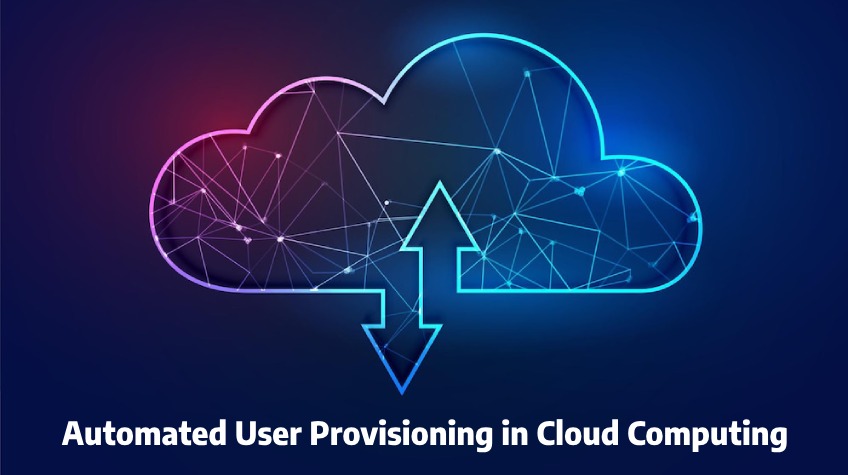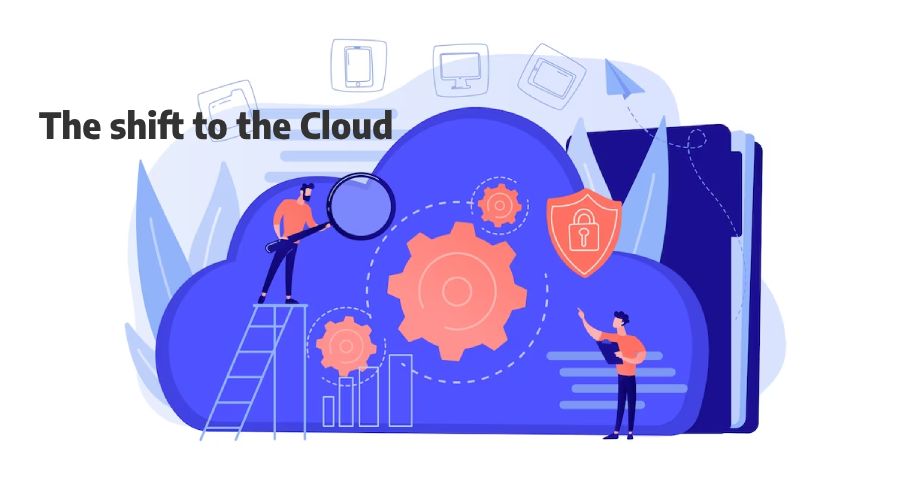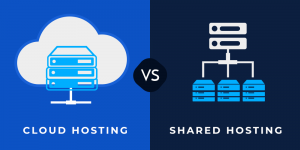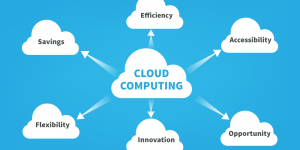
The cloud computing landscape has experienced an unprecedented evolution in recent years. With this evolution comes increased complexity regarding user provisioning in the cloud.
As cloud services become more advanced, organizations of all sizes are moving away from traditional approaches to user provisioning. Organizations can reduce costs, minimize risk, and increase operational efficiency by automating user provisioning.
In this blog post, we look at some of the biggest challenges associated with automated user provisioning in the cloud and explore potential solutions.
Understanding Automated User Provisioning
Automated user provisioning is the process of automatically creating and managing user accounts and access privileges within an organization’s systems and applications. It involves streamlining user onboarding, account creation, and access management through software and workflows.
The goal of automated user provisioning is to reduce manual effort, improve efficiency, and enhance security. This ensures that users have the appropriate access rights and permissions based on their roles and responsibilities.
Importance of Automated User Provisioning
- Streamlines user onboarding and offboarding processes.
- Enhances security by ensuring appropriate access rights and permissions.
- Reduces manual effort and administrative overhead.
- Improves efficiency and productivity.
- Facilitates compliance with regulatory requirements.
Pros of Automated User Provisioning
- Reduces administrative burden by automating user account creation and management.
- Enhances security by ensuring consistent access controls and permissions.
- Improves efficiency and productivity by streamlining user onboarding and offboarding.
- Enables better compliance with regulatory requirements and audit trails.
- Facilitates centralized control and management of user accounts.
Cons of Automated User Provisioning
- Initial setup and configuration can be complex and time-consuming.
- Integration with existing systems and applications may require additional effort.
- Requires ongoing maintenance and monitoring to ensure accuracy and effectiveness.
- Can be challenging to handle unique or complex user provisioning requirements.
- Potential risks of errors or unauthorized access if not implemented correctly.
Also See: Examples and Advantages of SaaS in Cloud Computing
The Shift to the Cloud: Role of Automated User Provisioning in the Cloud
The cloud is reshaping the way businesses operate and enterprises leverage their resources. Automation has been the key driving force behind this shift. Automated user provisioning is an important part of the cloud migration process, and it is vital to ensure smoother cloud deployments and reduced downtime. As the cloud continues to evolve, so does the need to have secure, scalable user identity and access control.

Automated user provisioning helps to streamline the user registration process, making it easier and faster for users to get set up on the cloud. This process involves configuring user accounts, providing access to applications, granting permissions, managing user passwords, provisioning resources, and setting up identity providers. Automated user provisioning also ensures that user information is kept up-to-date and compliant with the organization’s security and privacy policies.
Organizations embracing the cloud are increasingly relying on automated user provisioning solutions to help them efficiently manage and deploy cloud solutions. This is because automated user provisioning enables organizations to quickly and securely provision users and applications, which serves to reduce time-consuming, manual processes. It also improves the user experience and allows organizations to build more complex and secure authorization policies.
Automated user provisioning is also important in the context of the Internet of Things (IoT). As the number of connected devices grows, automated user provisioning provides companies with the ability to quickly onboard and manage user identities across devices. This helps them to improve user security, protect data, and strengthen their compliance policies.
Finally, automated user provisioning is important for companies looking to move to the cloud because it helps them quickly and securely migrate their resources to the cloud. Automation reduces manual processes and helps to ensure that users have quick and secure access to the cloud-hosted services they need.
Related Post: Azure Migration Challenges and Solutions
Challenges of User Provisioning in the Cloud: Solutions for Successful Implementation
User provisioning in the cloud refers to the process of creating, managing, and revoking user accounts and access rights for cloud-based services and resources. While user provisioning offers numerous benefits, it also comes with certain challenges.
Let’s explore some of these challenges and discuss potential solutions or ways to overcome them:
1. Identity and Access Management (IAM) Complexity
Challenge: Cloud environments often involve multiple services and platforms, each with its own IAM system. Managing user provisioning across these different systems can become complex and challenging.
Solution: Implement a centralized IAM solution that can integrate with multiple cloud platforms. This allows for consistent user provisioning processes and simplifies the management of user access across various services.
Also Read: Unlocking Cloud Computing Architecture: Decoding Its Components
2. Scalability and Performance
Challenge: Cloud environments are designed to handle large-scale operations, and user provisioning must be able to scale accordingly. As the number of users and resources grows, managing user accounts and access rights efficiently becomes crucial.
Solution: Implement automated provisioning processes that can scale horizontally to handle a large number of users. Utilize provisioning tools or services that can dynamically allocate resources and adjust capacity based on demand.
3. Security and Compliance
Challenge: User provisioning involves granting appropriate access rights and permissions to users. Ensuring the security of sensitive data and maintaining compliance with regulatory requirements are critical challenges in the cloud.
Solution: Implement strong authentication mechanisms such as multi-factor authentication (MFA) to enhance security. Regularly review and update access permissions to align with the principle of least privilege. Implement auditing and monitoring mechanisms to track user provisioning activities and identify any security or compliance issues.
4. User Lifecycle Management
Challenge: Managing user accounts throughout their lifecycle, including onboarding, role changes, and offboarding, can be challenging in cloud environments. Ensuring timely and accurate provisioning and de-provisioning of user accounts is crucial for security and resource optimization.
Solution: Implement a user lifecycle management process that includes well-defined procedures for user onboarding, role-based access control, and offboarding. Leverage automation tools to streamline these processes and reduce manual errors.
5. Integration with Existing Systems
Challenge: Many organizations have existing systems, such as on-premises directories or HR systems, that contain user information. Integrating these systems with cloud-based user provisioning can be complex.
Solution: Implement integration solutions or identity federation mechanisms to synchronize user information between on-premises systems and cloud-based user provisioning systems. This ensures consistency and avoids duplication of efforts.
6. Training and Change Management
Challenge: User provisioning processes and tools may require training for administrators and users. Change management becomes essential to ensure the smooth adoption and acceptance of new provisioning systems.
Solution: Provide comprehensive training and documentation for administrators and users on the user provisioning processes and tools. Conduct change management activities, such as awareness campaigns and communication, to ensure smooth transitions and user acceptance.
By addressing these challenges and implementing appropriate solutions, organizations can overcome the complexities of user provisioning in the cloud. It is important to continuously evaluate and improve user provisioning processes to align with evolving business needs and security requirements.
Conclusion: Harnessing the Power of Automated User Provisioning in the Cloud
Automated user provisioning in the cloud presents numerous challenges, ranging from IAM complexity to security and compliance concerns. However, by leveraging solutions such as centralized IAM systems, scalability measures, strong security mechanisms, user lifecycle management processes, integration strategies, and effective training and change management, organizations can successfully implement automated user provisioning.
By embracing automated user provisioning, organizations can streamline user onboarding and offboarding, enhance security and compliance, reduce manual effort, improve efficiency and productivity, and facilitate centralized control and management of user accounts. As the cloud landscape continues to evolve, the importance of automated user provisioning in enabling secure and scalable cloud deployments will only grow.
With careful consideration of the challenges and implementation of the appropriate solutions, organizations can harness the power of automated user provisioning in the cloud and reap the benefits of improved operational efficiency and enhanced security.






